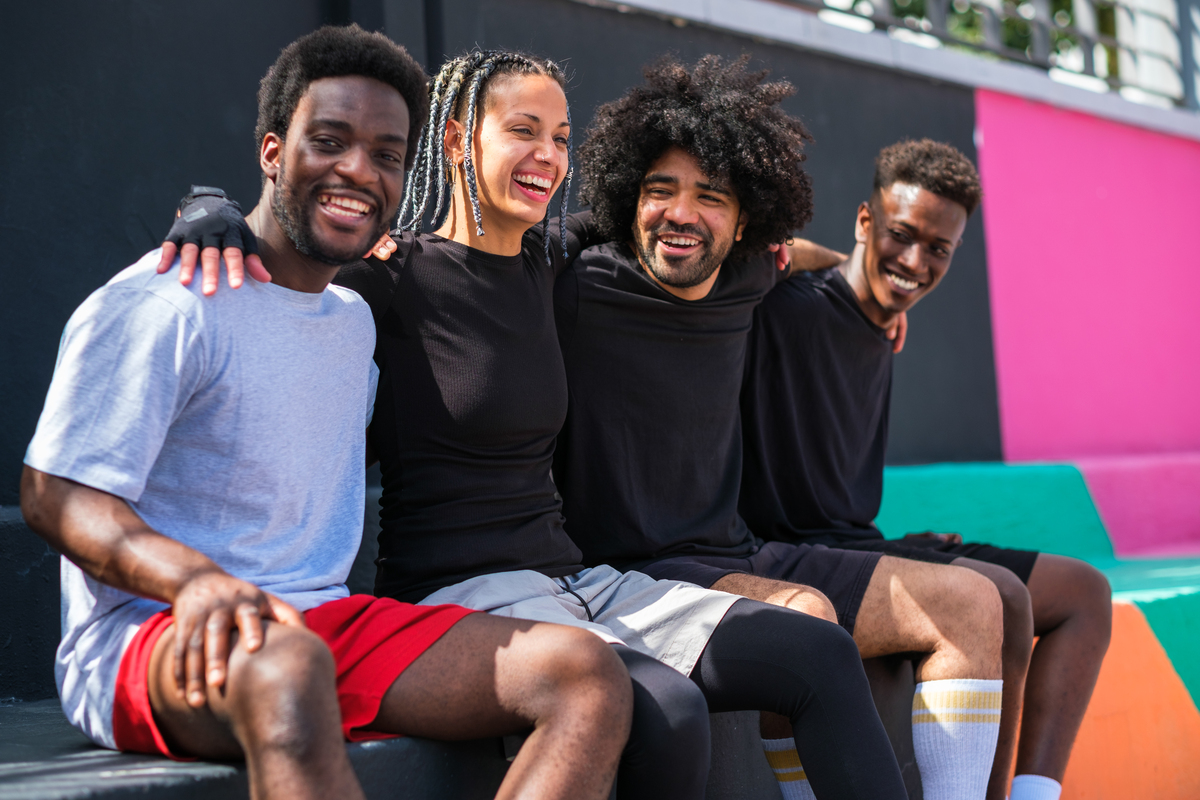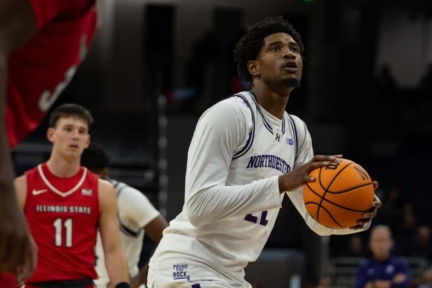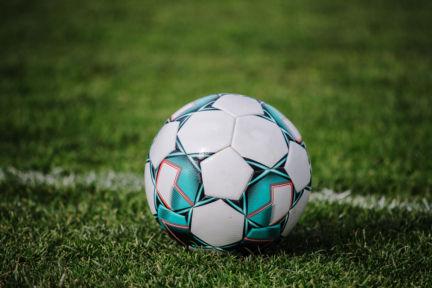You’ve seen the wild, attention-grabbing numbers.
Teenage Division I athletes — some barely past puberty — in high-revenue sports like football and men’s basketball have already built instant fortunes through Name, Image, and Likeness (NIL) deals. Major shoe partnerships, national commercials, personal clothing lines, and massive social followings have pushed some athletes into multi-million-dollar valuations before they can legally rent a car.
That has driven the average NIL compensation across college sports to $21,131.
But here’s the truth the headlines don’t tell you:
The median NIL deal is worth less than $100.
Half of all NIL deals are valued at $100 or less.
The NIL boom looks enormous from the top — but the top is tiny.
The Rich Get Richer: Division I’s Advantage Grows
Things improved even more for the most marketable Division I athletes this year.
Before July 1, NIL income had to come from third-party entities such as booster-run collectives. But under the House v. NCAA settlement, finalized June 6, Division I schools who choose to participate in revenue-sharing can now pay student-athletes directly.
It’s a seismic shift — and one that only widens the gap between Division I and Division II.
Division II: The Other Side of NIL
According to Opendorse’s 2023 NIL Industry Report:
- Division I athletes earn over 90% of all NIL compensation.
- Division II athletes earn less than 2%.
Division II athletes face structural disadvantages that go far beyond NIL:
Scholarship disparity
- Division I football: 85 scholarships per FBS team, average value $45,691
- Division II football: 36 scholarships per team, often split into partials, average value $6,000
Exposure gap
Division II teams often compete in small towns like Arkadelphia, Arkansas or Spearfish, South Dakota. Their games don’t land on ESPN, major podcasts, or national highlight shows. Their social media reach is smaller. Their booster networks are limited.
Local NIL vs national NIL
Most Division II deals are tiny, local endorsements:
- The neighborhood diner
- A local car dealership
- A regional apparel shop
Meaningful multi-thousand-dollar deals are extremely rare.
Some Progress — But Not Much
During the first two years of NIL, most Division II athletes made only a few hundred dollars, if anything. Today, the average NIL value for Division II athletes has risen slightly, climbing just above $1,500.
It’s better — but still light-years behind Division I.
The Transfer Portal Becomes the Shortcut
For Division II athletes who want Division I-level NIL opportunities, the clearest path is simple:
Transfer up.
Under current transfer rules, athletes no longer need to sit out a season, making upward movement easier than ever.
- 25% of all NCAA athletes in the transfer portal last year came from Division II.
- But only 11% of Division II athletes successfully moved to Division I.
And interestingly:
- 28% of Division I athletes transfer down to Division II each year, often learning quickly that the ecosystem — including NIL — is drastically different.
The Bottom Line
Name, Image, and Likeness has revolutionized college sports, but its benefits are highly unequal.
Division I superstars are building brands worth millions.
Division II athletes are fighting for triple-digit deals.
The structural divide — scholarships, exposure, donor wealth, and institutional resources — ensures that the NIL landscape remains largely tilted toward the top of the NCAA hierarchy.
And unless Division II programs gain more visibility, resources, or collective support, that divide will continue to grow.






Leave a Comment